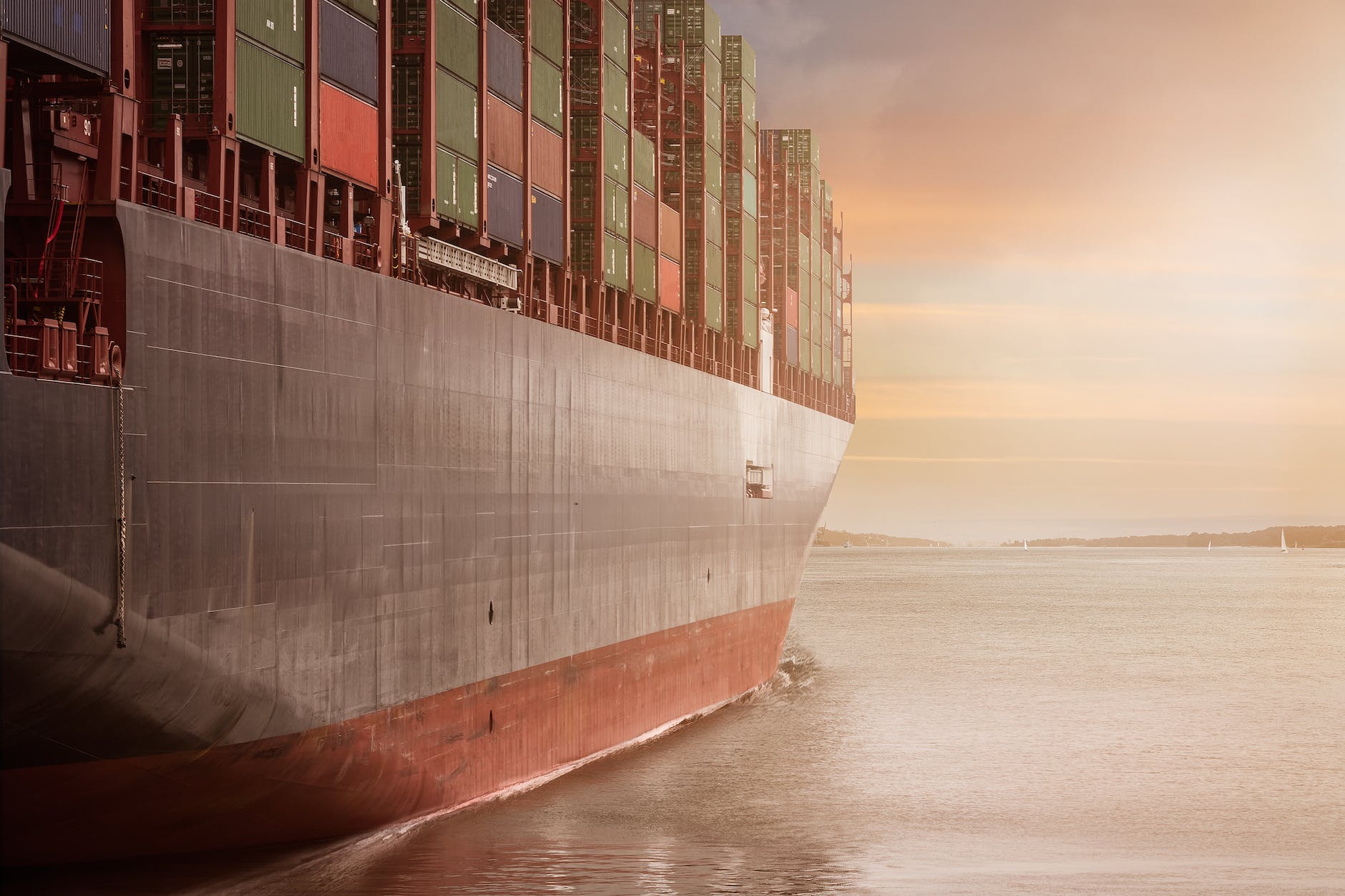Sending Medicine to Countries like India and China
Logistics of Sending Medicine to Countries like India and China
Sending medicine, In recent years, there has been a growing need to provide medical aid to countries like India and China. The need has become even more pressing as these countries suffer from a shortage of essential medicines, which has caused widespread panic and suffering among their citizens.
As a result, many countries around the globe have stepped up to offer their support by sending medical shipments to these countries. However, the process of sending medical aid to countries like India and China is not without challenges, and it requires careful logistical planning and coordination.

To begin with, transportation is a crucial factor in sending medical aid to these countries. The fastest method is air transport, but getting cargo flights from the source country to the destination can be challenging. Customs clearance delays and the increasing cost of air freight are only some of the challenges that need to be addressed.
Coordinating the delivery of large quantities of medicine is also a logistical challenge and requires in-depth planning. Regulations and requirements for importing medicines into these countries should be taken into consideration.
Security is another critical aspect that needs to be considered when sending medical aid. The distribution of essential medicines requires secure transport to prevent theft and damage, and proper verification should take place to reduce the chances of counterfeit products being delivered.
Finally, it is crucial to establish efficient supply chains to ensure that the essential medicines reach the people who need them the most. This requires close coordination between shipping companies, forwarders, customs authorities, and the recipients themselves.
In conclusion, sending medical aid to countries like India and China is a multi-dimensional logistical challenge. With the right approach and support from the global community, we can ensure that these countries receive the medical aid that they need. This process will not only foster international cooperation but also help those in need. Let’s join hands and make a difference!
One of the most effective ways to ensure that medical aid reaches those who need it is by partnering with established local organizations. These organizations often have deep knowledge of the on-ground distribution networks and can provide vital support in navigating local regulations and customs procedures.
Another crucial aspect to consider is the nature of the medical aid being delivered. It is essential to ensure that the aid being sent aligns with the specific health needs of the receiving country. Often, a lack of coordination and communication among donor countries can result in an influx of medical supplies that are not useful in addressing the urgent health needs of a country.
In addition to sending medicine aid, it is also critical to invest in building local capacity and strengthening health systems. Improving access to essential medicines and building robust local health systems can help prevent future health crises. This requires a sustained effort from the global community to provide the necessary resources and support.
Overall, sending medicine aid to countries like India and China is a complex process that requires a holistic and collaborative approach. By partnering with local organizations, ensuring proper coordination and communication among donor countries, and investing in building local capacity, we can make a meaningful impact in addressing urgent health needs and fostering international cooperation.
Despite the advancements in medical technology, many countries still face challenges in accessing essential medicines. As mentioned earlier, transportation and logistics play a crucial role in sending medical aid to countries like India and China. In addition to the challenges mentioned before, another noteworthy aspect is the need for proper storage and handling of medicines during transportation. Many medicines require specific storage conditions such as temperature control, and failure to maintain these conditions can lead to degradation of the medicines.
To ensure that the medicines being sent are of high quality and meet the regulatory requirements of the country, many countries follow the guidelines provided by the World Health Organization (WHO) and international regulatory bodies. These guidelines provide a framework for ensuring the quality, safety, and efficacy of medicines being sent for humanitarian purposes.
Another significant challenge in sending medicine aid is the availability of funding and resources. Many low-income countries may not have the necessary resources to purchase essential medicines or maintain their healthcare systems. It is therefore essential to provide sustainable long-term solutions that focus on building resilient healthcare systems and improving the availability of essential medicines.
In conclusion, sending medicine aid to countries like India and China is a complex process that requires careful planning, coordination, and resources. While there are many challenges to overcome, with the right approach and support, we can make a meaningful impact in improving access to essential medicines and strengthening healthcare systems.
Here is a relevant link related to medicine and healthcare: World Health Organization (WHO) website
WHO is a specialized agency of the United Nations responsible for international public health. Their website contains a wealth of information on global health issues, including access to essential medicines, guidance on healthcare systems strengthening, and updates on the latest scientific research on the development of treatments and vaccines.
De novo drug design https://condrug.com/urun/de-novo-drug-design/







